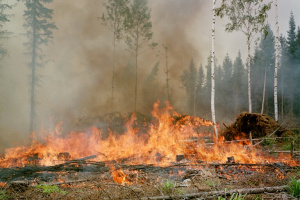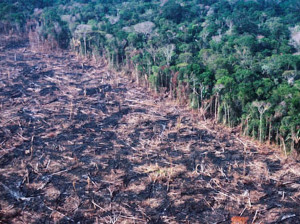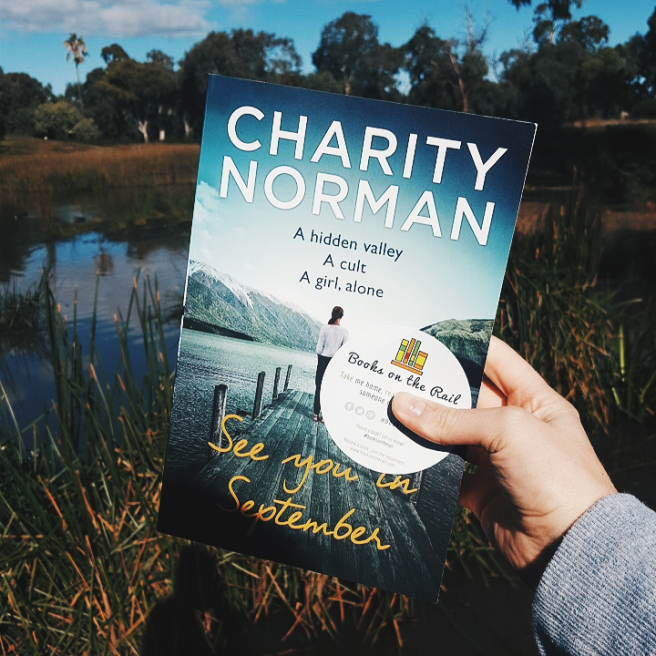 Image source: life.umd.edu
Image source: life.umd.edu
The farming method known as slash-and-burn involves the cutting of trees and other plants and leaving them on the ground until they’ve dried up. The area is then set on fire, and farmers plant crops on the left-behind soil.
Environmental conservationists understand that this traditional agricultural technique destroys the land and its ecosystem, depleting the soil of nutrients and making the area useless for a period of up to 20 years. And farmers just leave to pursue the same method in unburned places, replicating the same unhealthy practice and ruining the environment even further.
While soil quality is improved by ash and fire in the immediate aftermath of slash-and-burn, this is but a temporary boost. The soil is deprived of essential moisture, and the natural interaction between flora and fauna is halted. In fact, one other crucial repercussion of the method is that it leads directly to the destruction of plant and wildlife species. Many animals in tropical rainforests have lost their habitat and sources of food due to massive slash-and-burn practices. Tigers, elephants, and various insects and birds that are native to these rainforests are now critically endangered.
 Image source: nationalgeographic.org
Image source: nationalgeographic.org
Lastly, without plant life to provide oxygen and filter the air pollution, local inhabitants are plagued by sicknesses. Villages and communities proximate to areas where slash-and-burn agriculture has been done suffer from respiratory illnesses caused by smoke from the blazing fires, which can travel for miles.
Geoffrey Morell is the owner of P.A. Bowen Farmstead, a 95-acre property that is dedicated to raising pasture-fed livestock and organically-grown species. For more farming, visit this blog.
Advertisements Share this:




